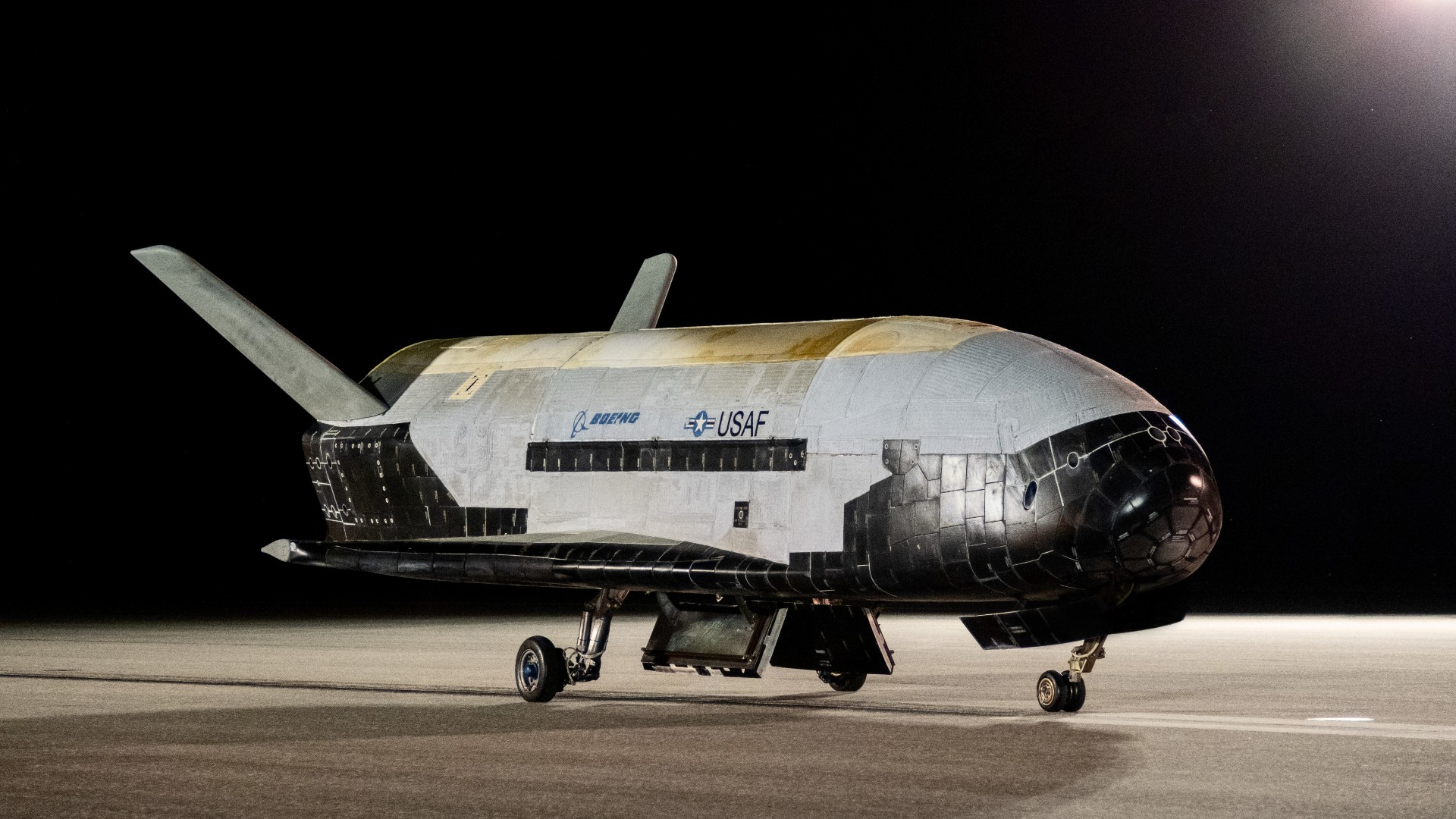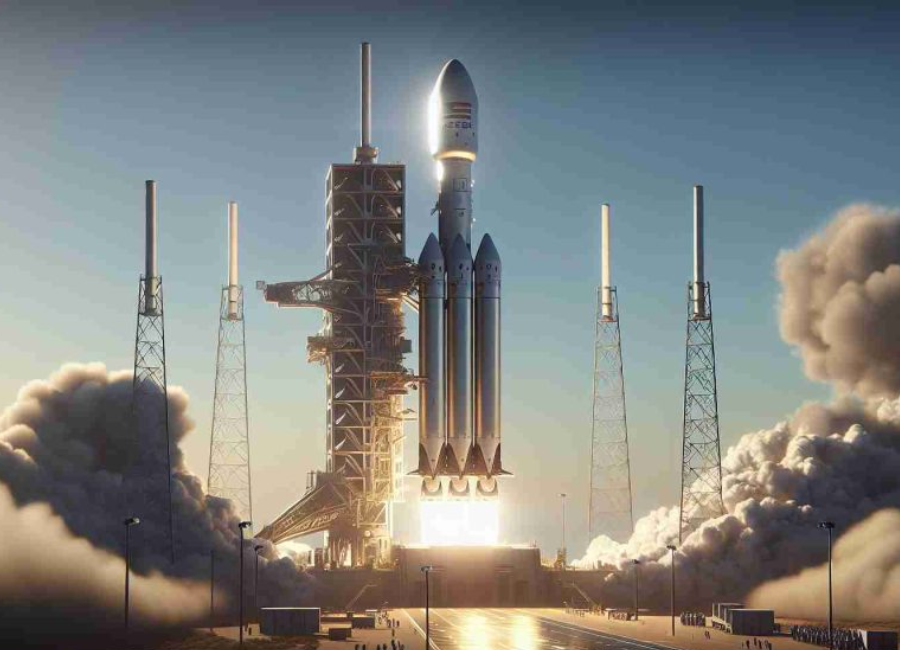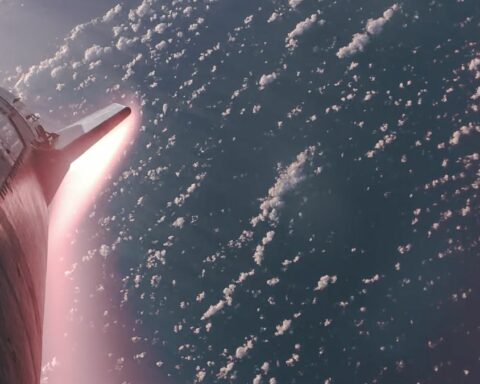A SpaceX Falcon Heavy rocket is set to launch the X-37B space plane for the U.S. Space Force on Monday evening (Dec. 11) after a one-day delay due to weather conditions. The liftoff is scheduled to occur from Launch Complex-39A at NASA’s Kennedy Space Center in Florida, within a 10-minute window that opens at 8:14 p.m. EST (0114 GMT Dec. 12). If the launch is webcasted, it can be viewed live on Space.com. SpaceX announced the delay of the flight by 24 hours early Sunday.
The upcoming launch marks the seventh launch for the reusable X-37B space plane and its first-ever ride on a Falcon Heavy rocket. Five of the six previous X-37B launches utilized United Launch Alliance Atlas V rockets, with one using a SpaceX Falcon 9. Falcon Heavy, featuring three Falcon 9 boosters as its first stage, surpasses both of these rockets in terms of mass-to-orbit capabilities. The switch to Falcon Heavy could have implications for the upcoming orbital mission.
While most details of X-37B missions are classified, some objectives of the forthcoming mission, known as OTV-7 (“Orbital Test Vehicle-7”), have been disclosed. These include “operating in new orbital regimes,” which, given the launch vehicle, may suggest a higher orbit farther from Earth. The decision to use Falcon Heavy could also be related to payload mass, as the X-37B has a cargo bay for equipment and experiments. The additional lift capability of Falcon Heavy may be necessary if the space plane is carrying a secondary mission payload.

Despite the classified nature of most X-37B missions, one unclassified experiment on board USSF-52, called “Seeds-2,” has been revealed. This NASA project aims to test the effects of radiation and long-duration spaceflight on plant seeds.
The X-37B has a history of setting records for mission duration, with each successive mission surpassing its predecessors. The most recent mission, OTV-6, lasted 908 days and concluded with a landing in November 2022. The upcoming mission on Falcon Heavy opens the possibility for further achievements and advancements in space experimentation.
When Falcon Heavy lifts off on Monday, it will mark the rocket’s ninth mission to date and the fifth flight for the side boosters supporting this particular mission. These boosters most recently launched NASA’s Psyche probe in October of this year.
The utilization of Falcon Heavy for the X-37B mission underscores the evolving landscape of space exploration and highlights the growing importance of private space companies in government-led initiatives. SpaceX continues to play a pivotal role in advancing space capabilities and providing cost-effective launch solutions for a variety of payloads, including classified military missions. The success of this mission could further solidify SpaceX’s position as a reliable partner for space-related endeavors.






